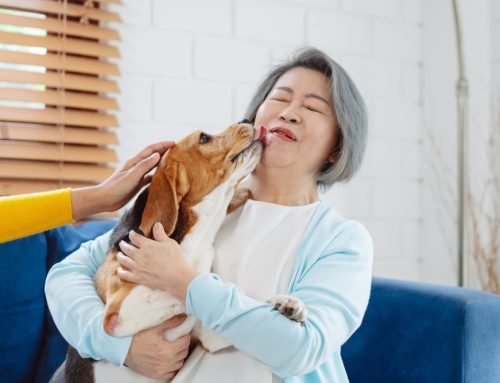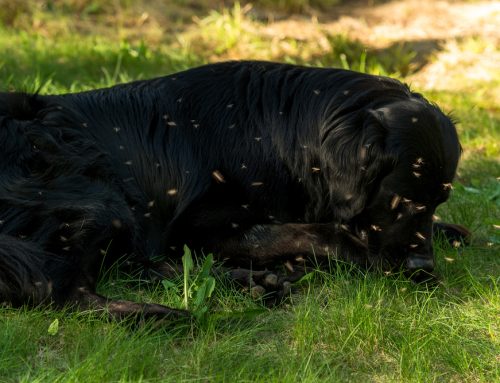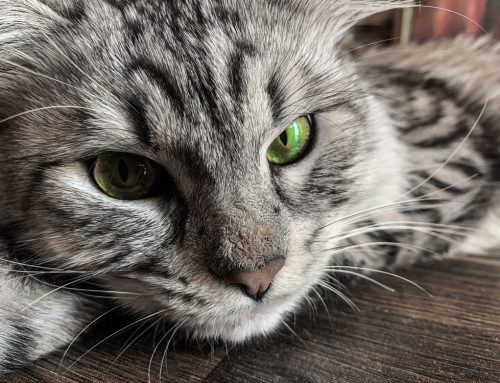
Caring for your pet’s health is one of the primary responsibilities of pet ownership. Regular wellness visits to your veterinarian, having your pet spayed or neutered, and keeping your cat or dog current on his or vaccinations and preventatives are the staples of keeping your pet healthy.
But there are important aspects of your pet’s health that can be easily overlooked. Dental health, proper nutrition and weight management, and the appearance of lumps and bumps are a significant to your pet’s overall health and longevity, but are often overlooked pet health conditions.
1. Pet Dental Care
Caring for your pet’s teeth is essential to his or her long-term health. Pet dental care is about much more than just bad breath. Infections of the teeth, gums, and oral cavity can travel through your pet’s bloodstream and result in heart, liver, or kidney disease.
Providing your pet with preventative dental care can reduce the chance of these extreme eventualities and, thankfully, help your pet’s breath as well.
Regular dental exams are important, but just as important is caring for your pet’s dental health at home. Regular brushings at home, in tandem with treats designed to help your pet’s oral hygiene, are great ways to keep your pet smiling between wellness exams and veterinary dental cleanings.
2. Pet Nutrition and Weight Management
Managing weight and nutrition is just as important to your pet’s health as it is to yours. Sadly, pet obesity affects more than 50% of the pet population in America. The health risks our pets face as a result of obesity can be heartbreaking. From cardiovascular conditions to osteoarthritis, the potential for lifelong and life-threatening illness increases exponentially when obesity is a factor in our pet’s health.
Managing your pet’s food intake, nutrition, and activity level are important aspects to keeping your pet healthy and well. Don’t let this essential aspect of pet wellness fall through the cracks. If you have any concerns about your pet’s nutrition, or are concerned that he or she is underweight or overweight, please contact us for a nutritional consultation. We can help.
3. Lumps and Bumps
Just as you would be concerned about finding a lump or growth on your own body, you should be concerned about finding one on your pet as well. Typically, a lump or bump is going to be one of three things: an infection of some type, a reaction to something foreign or abnormal in the body, or neoplasia (cancer), which may be benign or malignant.
It’s important to remember that finding a growth on your pet isn’t cause for panic. Many breeds of dogs, such as Schnauzers, develop small bumps as part of the aging process. In these cases, the bumps are little more than a sign that your pet may be moving into his or her senior years. But others may be signs of a more serious condition that may be treatable if caught in time.
Regardless of why the bump is there, getting it checked out by a veterinarian is the first and best step to protecting your pet’s health. Once its cause is determined, your veterinarian can advise you on how to treat the condition.






